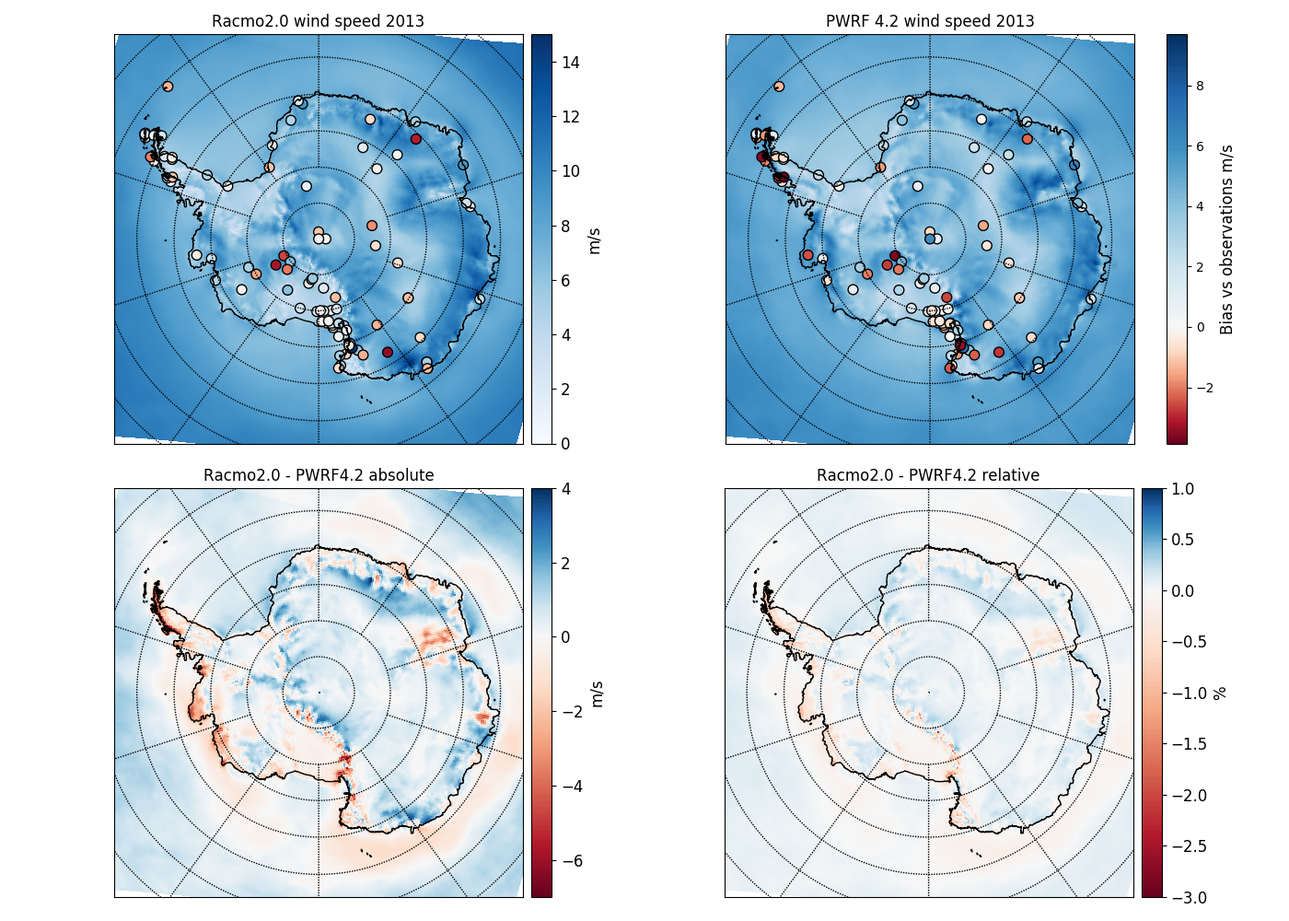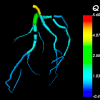Searching for new insights into atmospheric processes and interactions
The below case study shares some of the technical details and outcomes of the scientific and HPC-focused programming support provided to a research project through NeSI’s Consultancy Service.
This service supports projects across a range of domains, with an aim to lift researchers’ productivity, efficiency, and skills in research computing. If you are interested to learn more or apply for Consultancy support, visit our Consultancy Service page.
Research background
Alexandra Gossart, a Research Fellow at Victoria University of Wellington, is planning to use the WRF atmosphere and earth system models to address research questions within the Antarctic Science Platform. This work contributes to several research priorities of the Antarctic Science Platform, including understanding the stability of the West Antarctic Ice Sheet and understanding the impacts of change on the Antarctic atmosphere and Southern Ocean. By running model experiments with WRF under past and future scenarios of warming and different ice sheet configurations, the researchers expect to gain insight into atmospheric processes and interactions and feedbacks between the atmosphere, cryosphere, and ocean under a changing climate.
Project challenge
The researchers had never used WRF or NeSI before. It can take a lot of effort to build a complex code like WRF and tune it for optimal performance. Furthermore, every different HPC system tends to have some intricacies around how to build code and get best performance. This type of work tends to require a large amount of compute time so tuning for optimal performance is important. The researchers may also need to modify the WRF source code during their work, so enabling them to build WRF themselves was essential, as opposed to providing a precompiled executable.
What was done
Compiled Polar WRF (a modified version of WRF with more accurate physics at the poles) on NeSI
Assisted with debugging model configurations and setting up Slurm scripts
Benchmarked model runs to determine ideal run time settings for performance
Main outcomes
Documented the build process for Polar WRF (https://docs.nesi.org.nz/hc/en-gb/articles/360002109696-WRF/)
Enabling parallel IO resulted in between 8-35% reduction in run time depending on model configuration and the size of the job (number of compute nodes)
Achieved a small (~10%) performance boost, for a specific model run, by compiling for AVX2 instruction sets, instead of AVX-512, and using Cray Hugepages
The researchers are now able to run WRF simulations on NeSI and pursue their research goals (see the figure below for a comparison between a WRF simulation run on NeSI and another climate model, Racmo)

Researcher feedback
"Setting up and compiling the regional climate model WRF on NeSI is something I would not have been able to do myself. The help and efforts of the NeSI consultancy team made it possible to smoothly run climate simulations on NeSI, for which I am really grateful. In addition, they found ways to really improve the performance of the model without having to reduce the quality of the output. The efficiency and friendliness of the consultancy team really gave me a head start in my research within the Antarctic Science Platform."
- Alexandra Gossart, Victoria University of Wellington
Do you have an example of how NeSI support or platforms have supported your work? We’re always looking for projects to feature as a case study. Get in touch by emailing support@nesi.org.nz.







